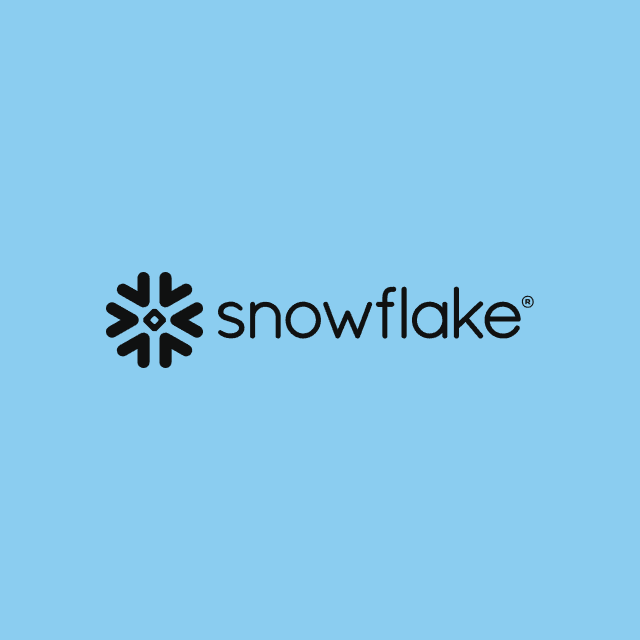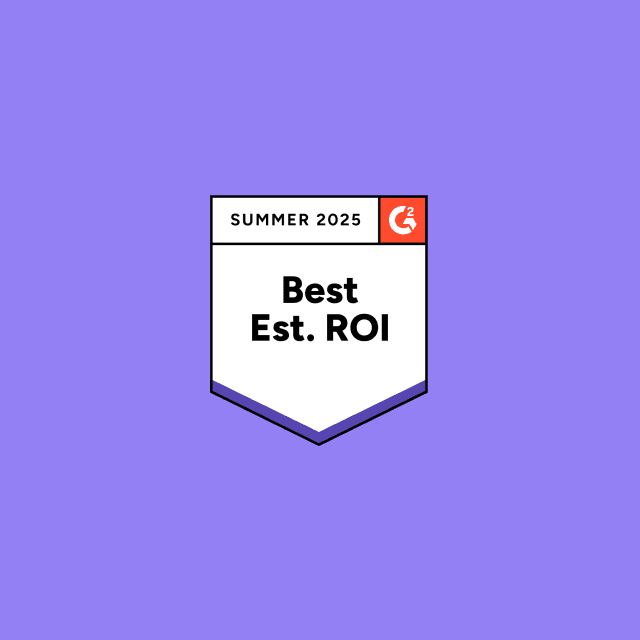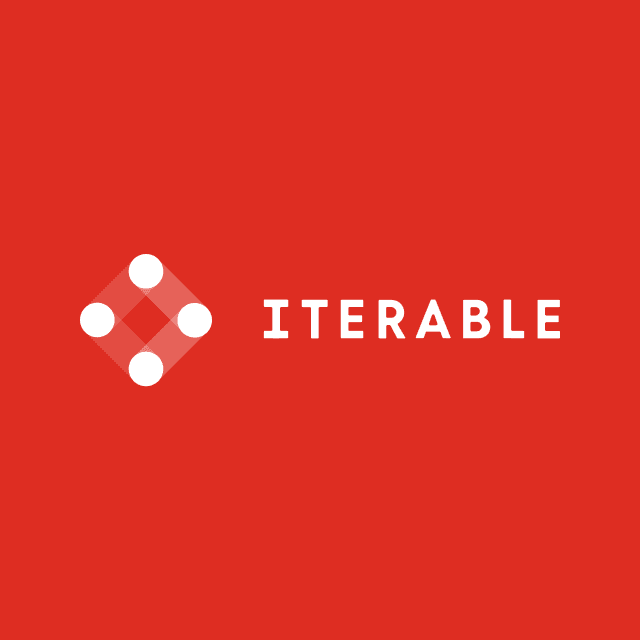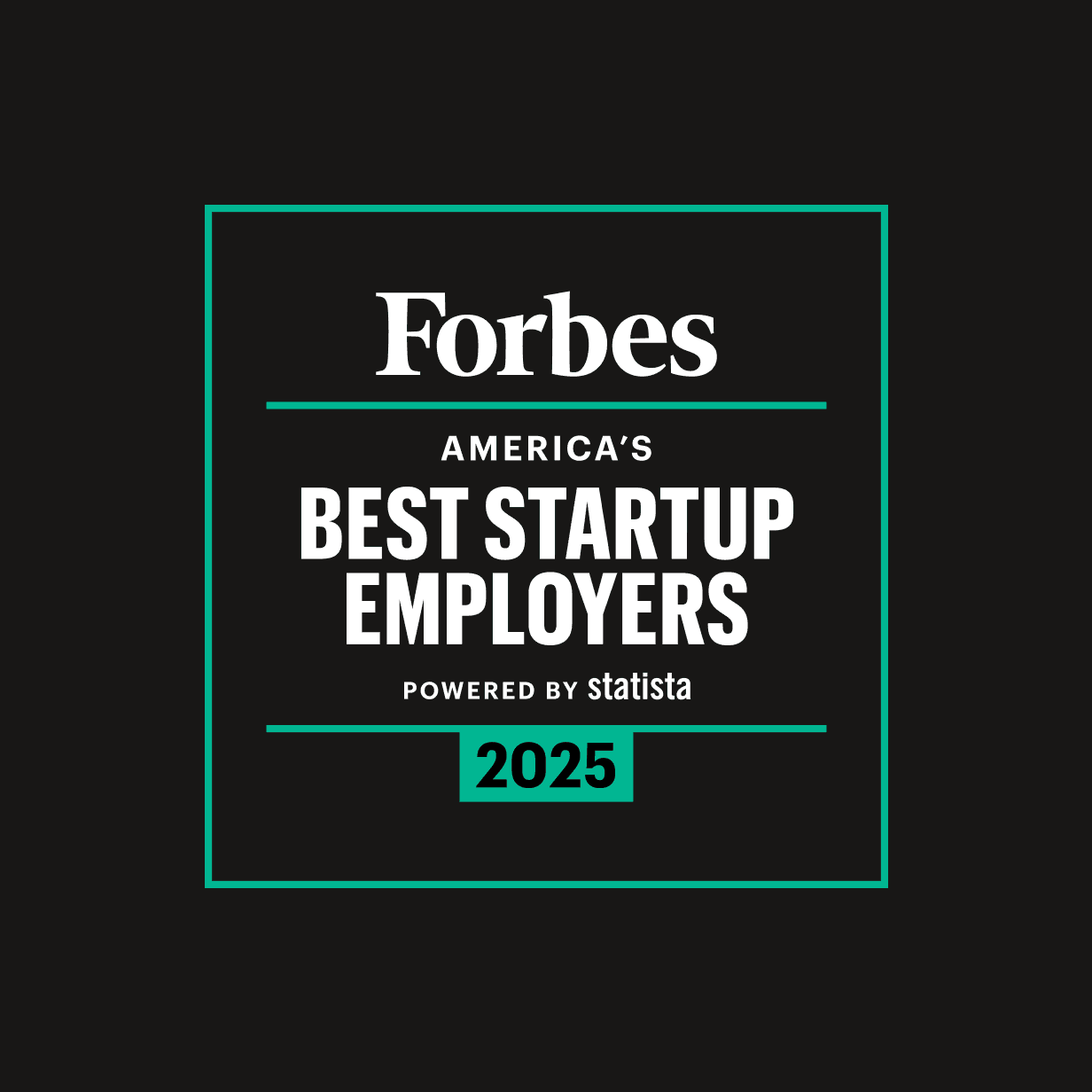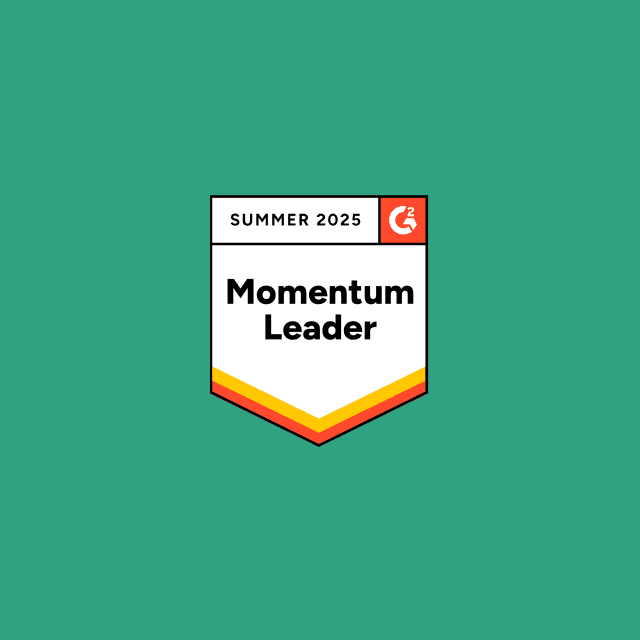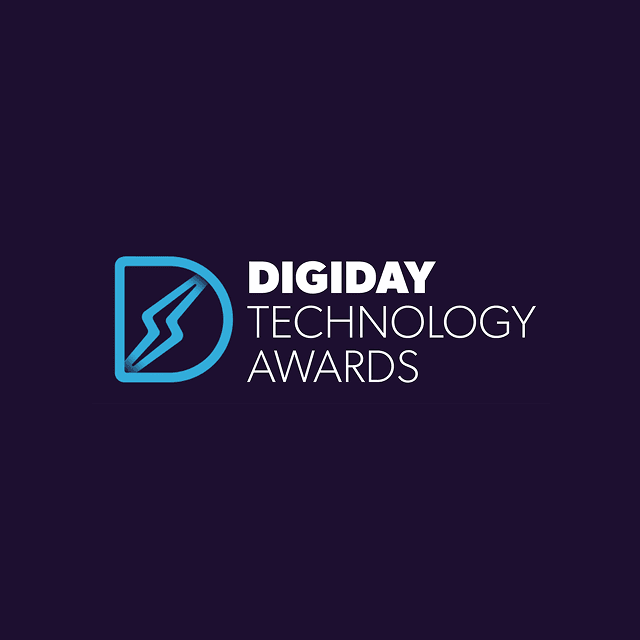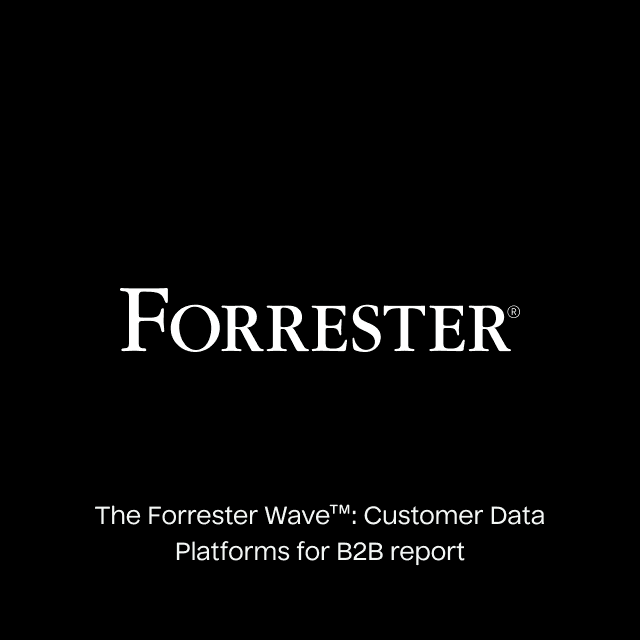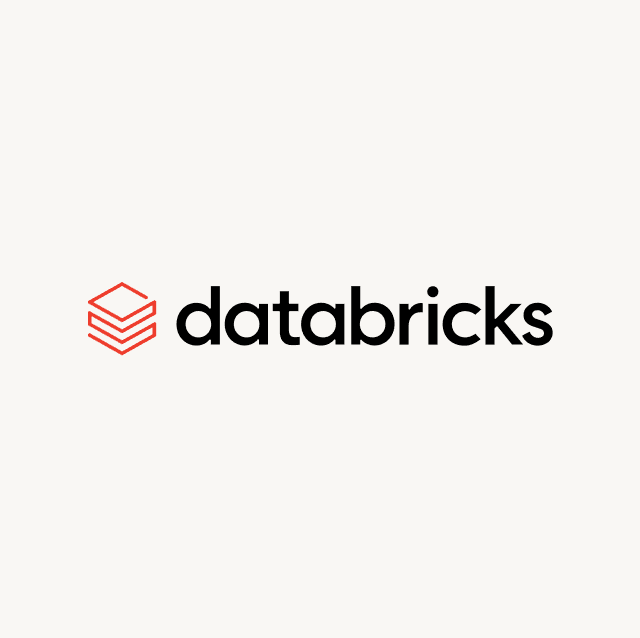When starting out with your advertising campaigns, you’ll likely send one message to everyone. You might see some average or low-performing results, which is ok when you’re starting. As your business grows, that tactic isn’t going to cut it.
You need to be more thoughtful about your marketing campaigns, and there is one thing that can assist you in increasing your conversions.
Customer data.
Customer data can help you understand who your customers are and help with increasing conversions by creating cohorts of users based on similar characteristics. Which is done by creating user segments.
This article will look at why user segments matter, some of the common types of user segments, and some real-life examples to inspire you on how you can use user segments in your marketing.
What is a User Segment?
A user segment is a method of grouping customer data into cohorts based on similar characteristics, such as how customers have interacted on your website or application or based on their demographics or firmographics.
Why do User Segments Matter?
User segments let you remove the send-all messaging you use for all your customers and produce something that customers actually want to see that is relevant to them. The thinking behind how you segment your customer will determine what messaging you create.
And why would you want to create user segments?
An article from Campaign Monitor reported that performing segmented email campaigns increased revenue by 760%.
Venture Harbour put a form on a client's website where customers can segment themselves, and it would send them to a personalized landing page which increased sales by 89%.
Personalized messaging lets you deliver a more relevant message based on the user segment you’ve created, which will help convert your customers.
Common Types of User Segments
Companies may choose to segment their users in a variety of different ways, but some of the common user segments are as follows;
- Demographic: This can be based on information such as age, location, gender, and income.
- Firmographic: These are based on business characteristics such as industry, company size, revenue, or ownership.
- Technographic: These are technology-related characteristics such as device ownership, internet usage, or software usage.
- Customer data: This is information stored in a CRM, such as the plan type, where they are in the sales cycle, or who the account owner is.
- Behavioral: This information can be how users interact with your application, the number of logins, which pages they have viewed on your website, or the number of support tickets created.
- Psychographic: These are psychological or lifestyle characteristics such as personality traits, values, interests, or lifestyle choices.
The Ultimate Guide to Paid Media Integrations
Read our whitepaper to learn why conversion APIs are replacing 3rd-party cookies.


Where Can You Create User Segments?
Most marketing tools have a method to create user segments. Ad platforms such as Facebook allow you to create custom audiences from a customer list and email service providers allow you to tag users, which you can then select to send emails just to them.
You can even use a tool like RightMessage on your website for lead generation, where users can segment themselves by answering questions that deliver them a lead magnet or white paper relevant to them.
You’ll find that nearly all marketing tools have an option for creating user segments because it is such a valuable marketing tactic.
How to Segment Users in Marketing
If you want inspiration to create user segments, let’s look at real-life examples to inspire to use user segmentation in your own marketing.
Building Personalized In-App Experiences
Using user segments can help build a personalized in-app experience. This could be showing users what music they’ve listened to the most, like the Spotify Wrapped campaign, or showing a percentage score on movies or TV series they might be interested in, like Netflix does.
Intelycare, an AI-based platform that automatically schedules and matches nursing professionals to nursing homes in the US, uses personalized in-app experiences to power popups and surveys. Intelycare can then see how bonuses influence shift completion rates which would not be possible if they couldn’t segment users.
Re-engage Dormant Users
You can segment your users based on their activity on your app or service. You can segment the dormant users and run email and ad campaigns offering incentives to bring them back to your business.
Imperfect Foods, a leading online grocer, has a limited window to when users can order, which results in a lack of sales if an order doesn’t come in. To prevent this from happening, Imperfect Foods took these dormant users and offered them coupons through ads and emails, resulting in a 53% reactivation lift.
Ad Targeting Based on Preferences
If you collect data on user preferences, you can use this data to segment your users. It could be based on the types of products the user has already bought or the types of content they have visited on your website. This information can be helpful when creating retargeting ads. You can create cohorts based on their preferences to show similar products they might be interested in.
Chalhoub, a creator of luxury products and services in the Middle East, uses its customer preferences to create user segments. Chalhoub takes their customer’s transaction history and uses that to segment their customers based on certain brands or products which they then retarget with ads of products or brands they are interested in.
How to Get Started With User Segments
Now that you know what user segments are, the different types, and some real-life examples of how user segments can be used in marketing, let's discuss how you can get started.
Decide Your Strategy
Before starting to segment users, the first step is to decide on a strategy. There’s no point jumping in and randomly segmenting customers at will. You want to make a calculated decision and understand why you are segmenting.
It’s best to develop a strategy so it's clear why you are segmenting customers a certain way and can allow you to review and see how successful the segmentation efforts were.
Collect the Data you Need
Now you know what your user segmentation looks like, you can begin collecting the data you need. This could be using a tool like Snowplow that can collect behavioral data or the data in your production application database.
Collecting data shouldn’t really stop with the data living in the initial tool you collected it. Doing so creates data silos and doesn’t give a complete picture of a customer.
A better approach that more companies are moving towards is the Composable CDP (cCDP). cCDP takes data stored in your various data sources (using a tool such as Fivetran) and moves it into a data cloud (such as Snowflake), where it’s transformed and cleaned to ensure that it’s in a usable state.
All of this effort is worth it in the long run. It allows you to have a single source of truth for your customer data and unlocks a complete 360-degree view of your customer so that you can access all data points of your customers to be able to segment on.
Create Your User Segments
As mentioned before, most of the marketing tools you have support user segmenting in one way or another. The problem, however, is that data is sat in isolation and doesn’t have access to data from other sources.
This is the reason that a cCDP is a great approach. One step we haven’t mentioned in a cCDP is the data activation step.
It’s all well having all your customer data in one place, but how do you use it in the marketing tools we just got it from? This is where a technology called Reverse ETL comes into place.
Reverse ETL is the process of taking the data from the centralized place you’ve gathered and sending it back into the marketing tools that you’ve been using.
Hightouch uses Reverse ETL technology to assist you in getting data from your data cloud into your marketing tools.
You might think, “well, how do I create user segments if all my data is in one location?” This is where Hightouch can help. Hightouch has a Customer Data Studio, allowing you to create user segments from any data within the data cloud. The Customer Data Studio has a no-code audience builder, so marketers can create the segments they want without learning to code.
The audience builder is super powerful as well. It can create simple segments such as:
“Create an audience that has a lifetime value of over 50.”
Or you can get creative and create complex user segments, such as:
“Create an audience that has a lifetime value of over 50, lives in California, is aged between 22 - 28, has made a purchase in the last 30 days, and has viewed over two blog posts on the website.”
The above complex segmentation is very much an exaggeration, but a segmentation like that would be impossible without all of your data being centralized. And wouldn’t be easy to create without the help of an audience builder. Building a user segment like this would likely involve requesting it from the data team, who would be cursing your name for the extremely long SQL query they would need to write.
Activate Data
Now you’ve achieved your simple or complex user segments, it’s time to put them into action. Of course, you can stick to using the functions within the marketing tools that you use to create your segments but miss out on the opportunity to make use of all the data that you have available.
Or you could choose to activate your data. This is taking that data in your data cloud and sending it into the downstream tools you use to take action. Hightouch can help you build your user segments and send them to your email service providers or ad platforms so you can use them to create whatever personalized messaging is relevant to the user segment that you built.
If you want to start using Hightouch to assist you in creating user segments from your data, you can sign up for a free account.
And if you want to learn more about the Composable CDP, you can download our Composable CDP white paper.
Conclusion
It’s pretty clear that using user segments in your marketing campaigns can help you increase your conversions. Before you rush into anything, make sure everyone in your business is ready for it and that you have the data you need.
The Ultimate Guide to Paid Media Integrations
Read our whitepaper and learn why conversion APIs are replacing 3rd-party cookies.
- The death of third-party cookies
- Leveraging conversion signals to boost ROAS
- Sending conversions events to ad platforms






